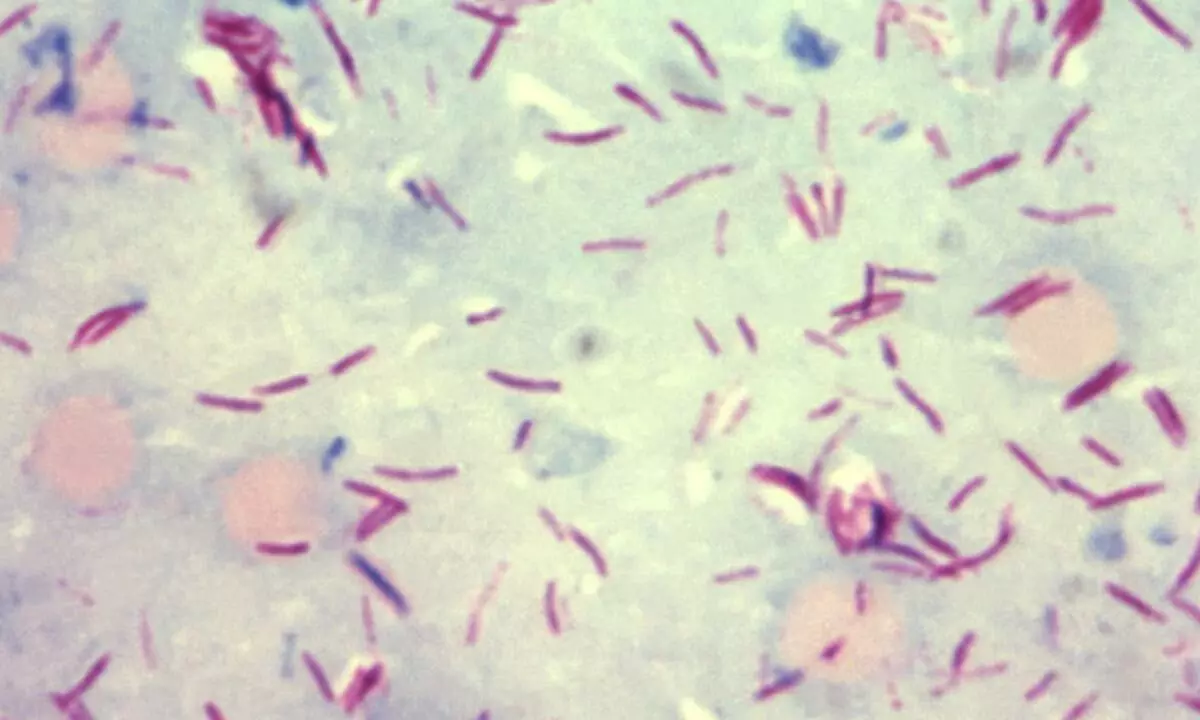Researchers Discovered That Tissue Damaging Diseases May Regenerate Mammalian Livers

Mycobacterium leprae bacteria in skin smear specimen
- A disease that causes tissue damage has just been found to have the ability to regenerate mammalian livers.
- Leprosy is not as contagious as it is stigmatised for being.
Researchers discovered that disease that causes tissue damage has just been found to have the ability to regenerate mammalian livers.Mycobacterium leprae or Mycobacterium lepromatosis are two parasitic bacteria that cause leprosy, one of humanity's oldest and most enduring diseases. During an infection, these microorganisms cause harm to the skin, nerves, and other tissues.
Leprosy is not as contagious as it is stigmatised for being. It can be treated with a cocktail of modern medications, but only 5% of those exposed to the bacteria go on to develop the disease. It spreads through repeated and excessive contact with an infected person's mucus.
Researchers discovered the parasite's unexpected capacity to hijack and rewire cells while examining the relationship between the parasite and its host, which is a bacteria that normally occurs in armadillos.
In order to compare the infected livers to a group of 12 animals that were not infected, University of Edinburgh medical researcher Samuel Hess and colleagues first infected 45 armadillos with M. leprae, 13 of which were resistant to infection. Amazingly, the liver of diseased armadillos became larger; their organs were perfectly enlarged. The organs continued to operate normally, with proportionately larger blood and bile duct networks and all the right kinds of liver tissues in all the right sites.
It seems that over the course of evolution, the bacteria have figured out how to replenish and expand the amount of cells that are most advantageous to them inside the armadillo's body, which is where they live. M. leprae appears to be reprogramming adult liver cells, or hepatocytes, by putting them in a stem-cell-like state, enabling all the extra liver tissues to grow properly from them, though the specifics are unclear.
Members of the study team earlier showed leprosy may convert Schwann cells, which are nerve support cells, into a younger cell state that can create a wider range of cell types.














